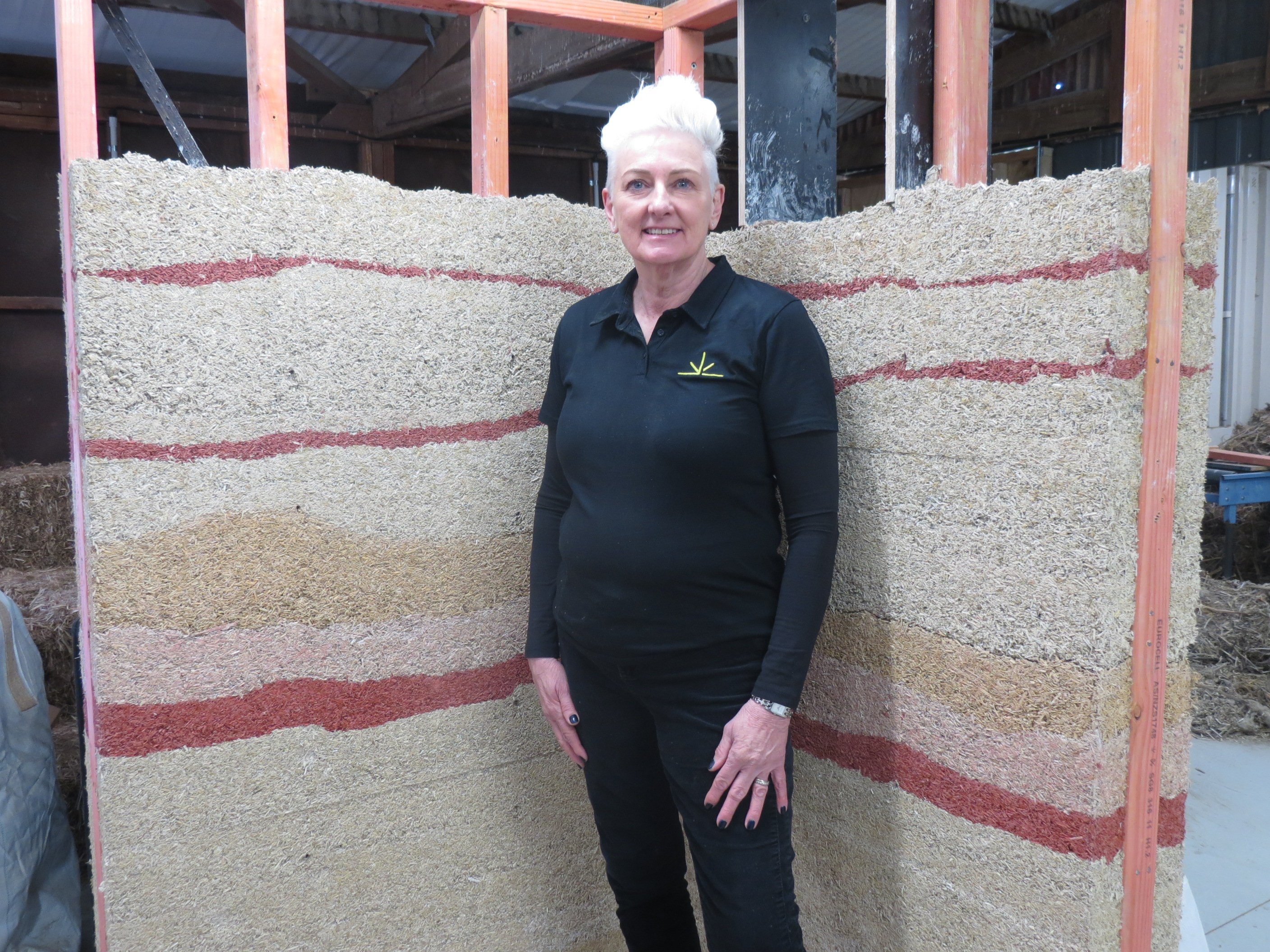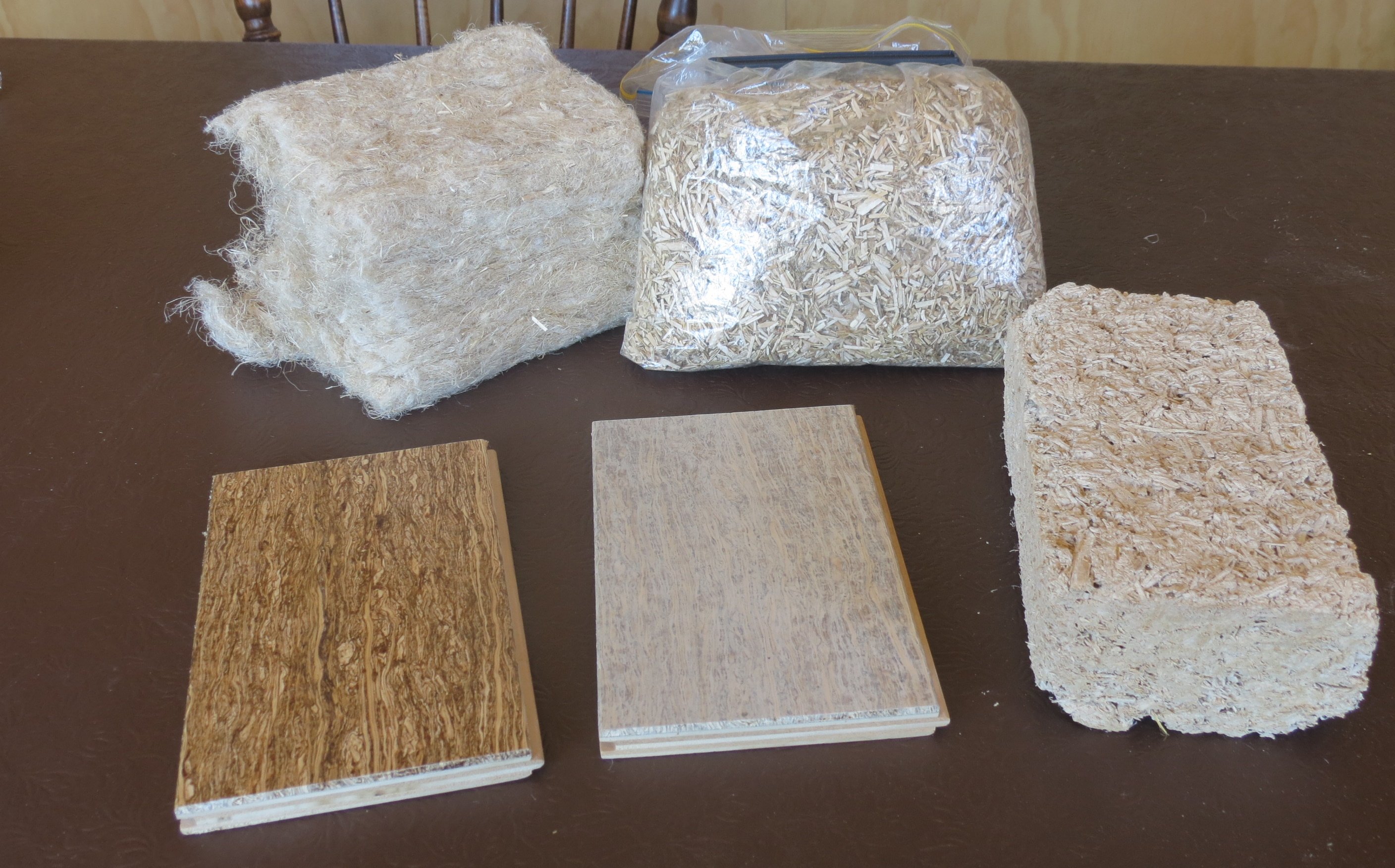
Hemp Central founder Tanya Simmonds said her business was not just about producing hemp building materials but promoting and educating people about the benefits of the crop.
The could be used as an environmentally friendly building material as it grows quickly and as it does it will remove carbon from the air. One hectare of hemp was able to remove 1.6 tonnes of carbon, she said
Growing hemp has been legal since 2006 but despite its low THC content, the crop is covered by the Misuse of Drugs Act and is associated with its related crop marijuana.
People, including farmers, need an industrial hemp licence and have to follow restrictions where farms cannot be within 5km of a school or seen from a main road.
The law, as well as public perception, was what prevented the advancement of hemp as a crop and product in New Zealand, she said.
Mrs Simmonds said farmers growing hemp could improve soil by removing heavy metals and other pollutants from the ground.

Farmers could get money for selling the seed and the stalk, which would be made into other products, she said.
After attending a New Zealand Industries Hemp Association (NZHIA) summit she became interested in producing hemp-based building materials.
At the conference, founder of the Australian X-Hemp, Andi Lucas, spoke about processing hemp stalk into different products.
After the conference, Mrs Simmonds took a course in hempcrete building, to learn more about the process.
A theory course was run by the Australian Hemp Masonry Company (AHMC) and its founder Klara Marosszeky, who had more than 25 years experience with hempcrete.
Mrs Simmonds completed the practical part of the course in Tasmania, then decided to bring it back home.
With the help of the AHMC, Hemp Central was able to run the first hempcrete practical workshop in New Zealand in October 2024, where participants learnt how to use hempcrete in construction projects.
A second course was due to be held later this month, she said.
Hempcrete, made by mixing hemp stalk fibres with a binder, is an environmentally friendly concrete substitute with one 1cum of hempcrete removing 450kg of carbon from the air, compared to the 250kg of carbon produced by concrete.
Hemp could also be used for foundations and flooring.
In the future, Mrs Simmonds hoped to see hemp become more accepted as a crop and classed as an agricultural product not under the Misuse of Drugs Act, making it easier to get farmers on board, she said.
"NZHIA have done quite a lot of work this year, trying to educate and just trying to get through to Parliament ... and make it easy to get farmers on board."
She also hoped technology being used to produce hemp building materials would become more accessible as well.
Mrs Simmonds said hemp as a building material was nothing new.
The ship that brought the first settlers to New Zealand used hemp ropes and sails.
"It’s an impressive material," she said.












